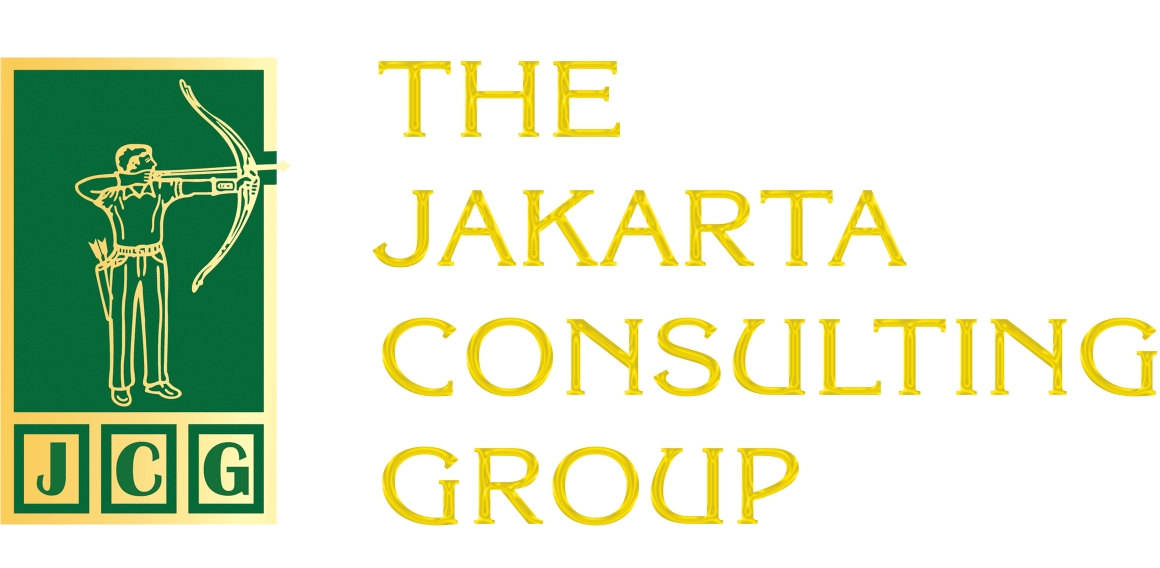In news reports about mergers or acquisitions, the spotlight is almost always on fantastic figures, market strategies, and potential synergies. Analysts are busy discussing valuations, cost savings, and expansion of reach. However, behind the fanfare of various figures and projections, there is a key factor that is often overlooked: organizational culture. More specifically, cultural friction—clashes of values, assumptions, and ways of working between two organizations with different identities—can silently erode even the most solid M&A agreements.
No less than three-quarters of M&A transactions fail to achieve their expected value, and organizational cultural incompatibility is the main cause. Whether in domestic mergers between companies with different characters or cross-border acquisitions that bring together national and corporate cultures, cultural clashes have the potential to turn the desired synergy into painful disputes.
The Subtle but Destructive Nature of Cultural Friction
Intercultural friction within organizations rarely manifests as open conflict on day one. It creeps in subtly through misunderstandings, prejudices, and slow collaboration. Take, for example, when a U.S. company acquires an Asian company. Meetings that should be productive can become awkward. The American team’s agile and direct style of decision-making clashes with the Asian team’s culture of consensus and respect for hierarchy. Over time, frustration crystallizes: The American side is considered “too aggressive and reckless,” while the Asian side is labelled “slow and uninitiated.” As a result, agreements that were initially promising begin to stall at the execution level.
In essence, intercultural friction is not merely a difference of opinion, but a difference in meaning. The terms “professionalism,” “urgency,” or “collaboration” can have completely different meanings in each culture. When each party interprets the other’s actions through their own lens, seeds of mistrust begin to grow.
Layered Organizational Culture in Mergers and Acquisitions
To understand intercultural friction in M&A, we can imagine culture as a layered system. These layers consist of national culture, corporate culture, and professional or divisional culture.
National culture contains the most fundamental values shaped by a country’s history, language, and social norms. Hofstede’s framework, such as power distance or attitude toward uncertainty, can explain why German companies tend to prioritize structure and precision, while startups in Silicon Valley innovate through agile approaches and improvisation.

Every organization has its own unique “way of working.” According to Edgar Schein, organizational culture is divided into three levels: artifacts (visible things such as structures and rituals), acknowledged values, and basic assumptions that are often unconscious. In M&A, clashes usually occur at the level of basic assumptions—for example, when the hierarchical and risk-averse culture of a bank meets the agile and failure-tolerant culture of another.
Each function within a company—such as engineering, marketing, or finance—can have its own subculture. When departments from different companies merge, even if they are from the same country, they may experience friction due to differences in priorities, communication styles, and problem-solving approaches.
Is Anyone Successful?
The success of post-merger and acquisition cultural integration depends on the ability to manage these three layers of organizational culture. Ignoring any one of them risks creating disharmony that can lead to failure. A classic example of this is Daimler-Benz and Chrysler.
Initially referred to as an “equal merger,” the collaboration between these German and American automotive giants became a classic example of cultural clash. Daimler’s formal, hierarchical, and technically oriented culture collided with Chrysler’s egalitarian and entrepreneurial style. German managers considered their American counterparts undisciplined, while the Americans saw German culture as bureaucratic and rigid. The expected synergy fell apart, and in 2007 Daimler finally divested itself of Chrysler. The root of the problem was not numbers, but rather unmanaged organizational culture.
Things were different with the acquisition of IBM’s PC division by China’s Lenovo, which was a success. Although initially doubted, Lenovo did not impose its culture. Instead, they deliberately created a hybrid culture called “global-local.” Concrete steps included retaining IBM management talent, respecting local norms, and integrating teams through cross-cultural training. This strategy allowed Lenovo to globalize without losing its identity.
The important lesson from the two cases above is that organizational cultural friction is not always destructive. When managed with awareness and the right strategy, it can be transformed into a source of innovation and new strength.
The Dynamics of Cultural Friction: A Predictable Cycle
Intercultural friction in a merger or acquisition often follows a predictable pattern. It usually begins with a honeymoon phase, dominated by optimism, celebration, and symbolic gestures of unity.
However, this phase rarely lasts long. Slowly, organizational cultural differences begin to emerge in everyday life—from how to hold meetings, make decisions, to giving feedback. The resulting misunderstandings turn into frustration and eventually trigger polarization.
If left unchecked, this friction is no longer just a personal problem, but spreads into a political issue. The “us versus them” narrative intensifies, triggering the formation of isolated groups. As a result, the integration process is hampered, talent is wasted, and the organization’s momentum fades. This is where leadership plays a crucial role: by recognizing and addressing these dynamics early on, harmful friction can be turned into a collective learning process, making the culture of the merged or acquired organization more dynamic.
So, how do you manage intercultural friction?
1. Conduct a cultural due diligence
Conduct a cultural due diligence. Cultural due diligence evaluates compatibility in leadership styles, communication patterns, and decision-making norms.

2. Leaders as cultural bridges
Leaders of merged and acquired organizations must act as cultural bridges. They must have high cultural intelligence (CQ) to read new situations and adjust their behaviour. Rather than imposing one dominant organizational culture, effective leaders build a third culture that combines the strengths of both sides.
3. Leverage communication and symbols
A shared identity is built through symbols, stories, and rituals. Creating a shared narrative about the purpose of the merger, holding joint celebrations, and implementing inclusive decision-making processes help foster a sense of belonging.
4. Retain cultural guardians
Organizational culture lives through its people. Therefore, retaining local leaders and key individuals who are cultural guardians is vital. Their presence ensures continuity and mediates cultural differences. Without them, continuity can be disrupted and trust eroded.
5. Understand that cultural integration is an ongoing process
Organizational cultural integration is not a one-time project, but an ongoing process. This process requires constant dialogue, cross-cultural training, and constructive feedback cycles. Organizations that view culture as a living system that needs to constantly adapt will be better able to survive and thrive after a merger.
Ultimately, intercultural friction in mergers and acquisitions is inevitable, but it is not the end of the world. In fact, if handled wisely, this friction can turn into creative tension that gives birth to new ideas, practices, and identities. The key is to shift the mindset: from seeing integration as a form of absorption (“we will make them like us”) to seeing it as a shared evolution (“we will grow together into something new”). The most successful mergers in the future will not be those that erase all organizational cultural differences, but those that are able to utilize them.
#merger #acquisition #intercultural friction #conflict #national culture #Hofstede #corporate culture #professional or divisional culture #Daimler-Benz #Chrysler #IBM #Lenovo #cultural differences #cultural intelligence #CQ #cultural due diligence #leaders #cultural integration










